The catastrophic problems of privatised English water companies are well known. Sewerage function and drinking water supply are now more deficient than even before privatisation. Terminal failure was in-built from the start, within the cultural, operational, & regulatory processes applied. Correcting these foundational criteria can help inform the quickest resolution.
Our water industry disaster illustrates failures like those described by historian Karl Wittfogel arising within “Hydraulic Empires.” An increasingly despotic elite, a ‘nomenklatura’, surrounded by obedient ‘apparatchiks’ focussed on concentrating wealth through the exploitation of a vital resource, becoming lost in a paradigm of their own making, until their system becomes so corrupted, it inevitably collapses.
The water privatisation was founded upon many flawed claims; even regarding the actual need for privatisation. That, ‘only private ownership could provide the necessary investments to ensure resolved services’ (disproved, by charges of public owned Scottish Water, now 30% less than English); that this sector was a ‘natural monopoly’ (now reversed with a competitive retail water market and the obvious reality that myriad dangerous sewage discharges require multiple diligent actors to urgently resolve); that the combined ‘poacher & gamekeeper’ arrangement under the former public authorities was not effective (now reversed, water companies monitoring their own sewerage pollution and devising wider catchment plans to provide their highly commodified water supply; water scarcity serves only their commercial interests).

Conflicts of interest are long understood. A vital industry operating within a corrosive profit motive, founded upon misrepresentation, lack of social interest criteria and often just plain wishful thinking. With those at the top of the sector, who, bluntly, apparently know little about public health or water engineering but plenty about maximising profit. All generally tolerated by a wider public that has until recently taken little interest. This is now reversing in the face of quite appalling pollution, health risks and some great leadership from Feargal Sharkey, Windrush Action on Sewage Pollution, amongst others.
The huge public health advance enabled by the ‘Victorian’ model of municipal water management and sewage disposal was by the exclusion of human faeces (the biggest source of all infectious pathogens) from drinking water. By orders of magnitude, sanitation enabled the biggest human health gains of all time. But the excluded sewage was, and still is to this day, then just wasted, usually to the wider environment; thus waste-water engineering. This Victorian concept was reinforced by public attitudes (flush & forget) and significantly, fossilised by the private vested interests of water companies.
An industry whose main purpose is to protect public health, extraordinarily operating without any health standards or regulations to uphold for its sewerage functions. An anomaly that fails to define any acceptable microbial standards; or to designate any responsibility here; for health risks that in any other non-municipal situation would be a criminal matter (only Bathing Status designation of receiving waters determines a minimal level of microbial monitoring).
In 2021 the Environment Agency Chief of Staff, now Director, John Leyland, addressing sewage and health concerns, insisted that rivers were “not there for human swimming” and were instead “for the wildlife” – astonishingly expressing no concern for other (EA licensed) direct contact users of rivers; anglers, paddle boarders, rowers etc. Or even those downwind of weirs on wet days, where faecal particulates are generated in huge volumes and distributed over adjacent communities, due to many upstream sewerage overflows. The river weir particulate risk, as described by one leading virologist, following findings that sewage viruses survive for many months in the sea, “does not bear thinking about.”

Many other risks arise from conventional sewerage malfunction, even during normal operation; development and dispersal of antibiotic resistant bacteria; endocrine disrupters; PFAs; micro-plastics and others. It turns out that the expensive, high energy usage (typically 3% of UK energy is used on moving and treating sewage), electro-mechanical treatment methods favoured by the water companies are very deficient, also with little or no scope for handling overloading, flooding etc.
Alongside the sell-off of water companies – fatally, also privatised was one guardian of the public interest, the former ‘Water Pollution Research Board’ (founded in 1927), subsequently known as the Water Research Centre (WRC, which changed to WRc). Always intimately connected to the water industry, WRc shares were mainly owned by UK water companies until 2020.
Thus, hopelessly compromised by the companies’ commercial interests, where profits are a percentage of costs (around 40% on cost) thus low-cost solutions do not serve profits – especially now, with huge debts to service, which are leveraged against ever higher profits, and the interest on these debts simply passed on to consumers.
Even today the WRc website offers to “enable clients to achieve revenue growth and see improved profitability.” Significantly, not ‘lower costs for consumer benefit’; WRc has a long ‘history’ here, from the moment their privatisation was even mentioned.
There is now realisation that we must now develop “an economy that is in service of the web of life …”, this recent statement by Prof Nathalie Seddon, in discussing the role of Nature Based Solutions is very pertinent to municipal water services, and much else. Such ‘Ecosystems Services’ were not well appreciated at the time of water privatisation and NBS is the latest iteration of these. Working with natural processes (for resolving : carbon sequestration, flood, drought, water supply and sewerage) and when correctly applied, offering large cost savings, social and biodiversity gains with robust reliability. Yet, strangely, when applied to water company planning – always involves additional expense; and where used, often poor performance.
We cannot ‘turn the clock back,’ but in some respects it does go full circle. NBS is in many ways a re-invention of former, often indigenous environmental methods; improved with contemporary knowledges. ‘Natural’ sewage recycling methods have been questionable in the past through to the present day. From the dubious safety of returning night soil to food crops in the pre-sewerage era; to more recent attempts to use grass plot treatment (grass is a terrestrial plant, not tolerating water logging) to the often risky return of sewage biosolids by water companies to farmland; but there are century old willow withy beds still providing safe sewage treatment. NBS applications need strict scrutiny.

It was in 1984 that the still public WRC had the opportunity to introduce a perfected NBS technology that could dramatically reduce sewerage costs. WRC were invited to Germany, by Dr Lucian Gill, part of a team at the University of Kassel, using plants, reeds and soil microbiology to clean pollution, known as phytoremediation.
The system worked very well; achieving reductions of 99.9% faecal coliforms, 99.6% phosphorous, 97.1% nitrates, demonstrating large energy savings (in mid-summer Phragmites reeds metabolize 0.5 kW/sq metre of solar energy to energize the plants’ growth & cleansing processes throughout the year); using typically just 10% of the energy used by comparative electro-mechanical treatments, for not only higher treatment standards but most significantly – a storm storage capacity that made any pollution events most unlikely, if not impossible.
What’s not to like – well, if you represent an industry geared to maximise profit based on a claimed monopoly, this posed a serious commercial threat. WRC reported positively on their German visit but then failed to promote this and instead have now widely adopted a gravel/aggregate planted faux reed bed type; simpler to install, but prone to clogging with sediment (as the reed rhizomes struggle to create new pathways through the aggregate, which cannot match the microbial and chemical treatment performance of soil).
Gill was effectively excluded from the water company & municipal market – but went on to build most of the UK’s & the world’s largest constructed wetlands for some of the most toxic effluents. Gill’s ICI Billingham Plant is still operating today (as Scotts Waste); having sequestrated, after 30+ yrs operation, an estimated 17,000 tonnes of atmospheric carbon, as a peat-rich compost, with another 70 years operation projected, setting a standard that all sewage treatment should also have long ago matched – at typically 90% lower capital costs.
Management of our river catchments and water services “in service of the web of life” is now slowly emerging. But as one EA manager said privately, “the super tanker is slow to turn,” due to the inertia of a multitude of vested and obstructive interests; not least those of water companies and apparently ‘captured’ regulators. To be clear, there is strong evidence of robust and resolved NBS methods that can dramatically reduce costs and enable pristine rivers.
It was notable at the October 2021 launch of Charles Rangeley-Wilson’s excellent Chalk Stream Restoration Strategy, then Environment Agency Chair (former corporate financier), Emma Howard Boyd stated, “We will not be prioritising Nature Based Solutions over Grey (hard) engineering”.
In the light of inept water industry management from the top – now bottom up, community led and owned alternatives are getting underway as citizen engagement evolves; using NBS to quickly clear up this mess and reduce consumer bills.

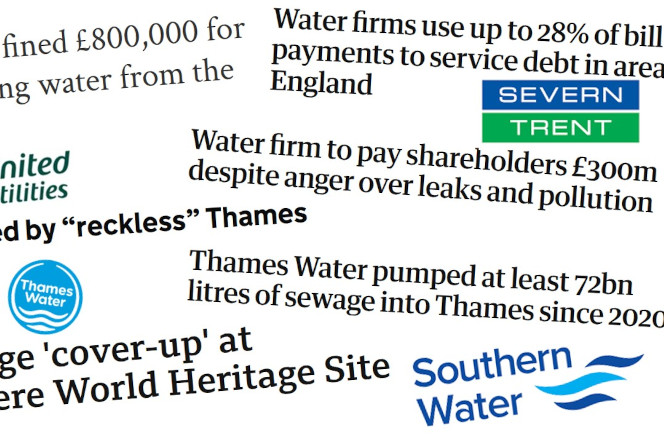
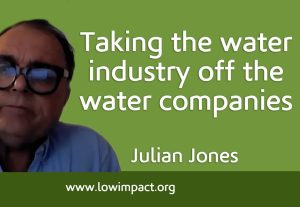



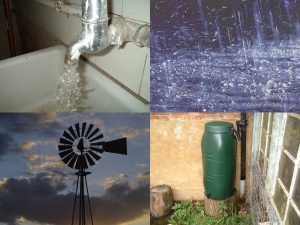
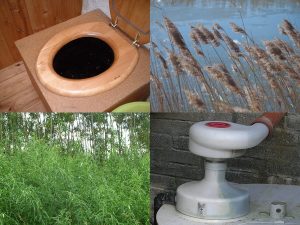
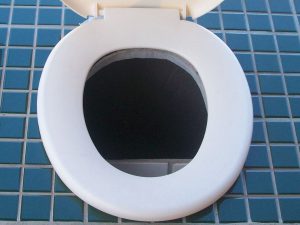


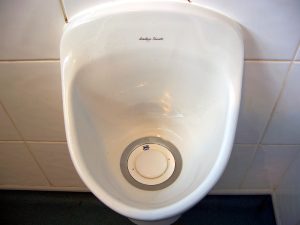


1 Comment
So it’s more profitable for water companies to dig up as many roads as possible, and keep digging them up? (and why WRc rather than WRC?). I’d like to see more articles about nature-based (and especially commons) water and sewage solutions, including practical examples.